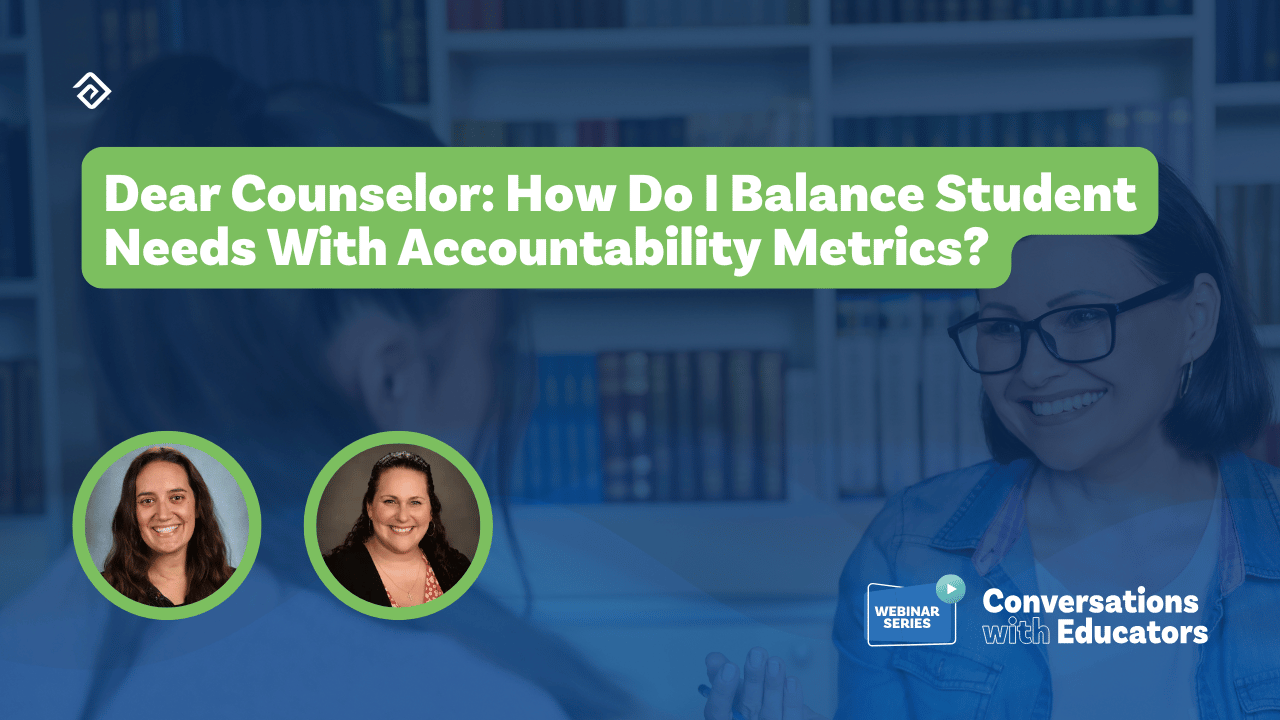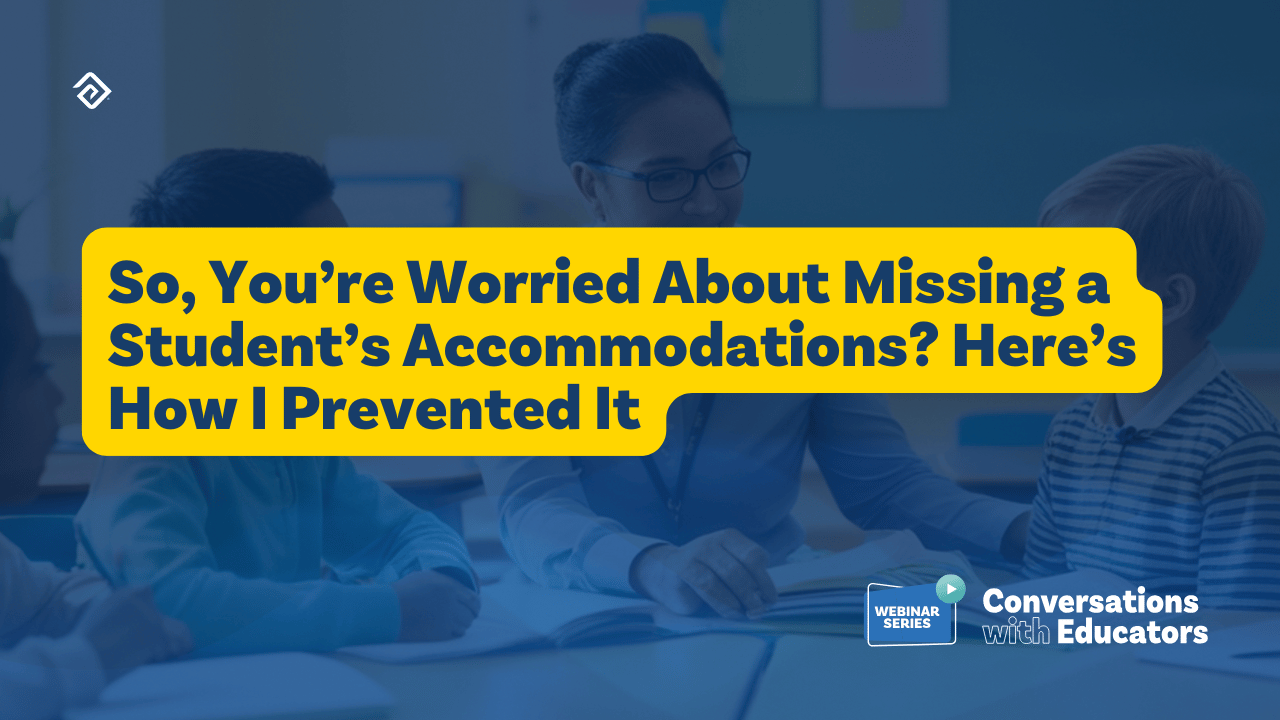Teacher Lesson Plan Template: 4 Steps To Creating A Successful Template
A teacher lesson plan template is a guide that lays out what students are taught throughout each lesson and tracks student mastery. Details will vary according to the teacher's preferences, the material covered, and the students' needs. Additionally, the educational context in which the teacher is working may require certain additional components.
Here are some example templates:
Keys to an Effective Lesson Plan
Several common ideas apply to all lesson plans, regardless of grade level or subject. Every lesson involves three aspects: Goals/Standards, Teaching/Activities, Closure/Assessment.
- Learning targets and standards should be introduced at the start of each lesson.
- Throughout the lesson, teachers should then employ modeling of any skills being taught, guided practice, and active engagement strategies.
- Formative assessment should be utilized throughout the lesson to measure student mastery of the learning targets.
- Closure can be used at the end of the lesson to clarify misconceptions and summarize the learnings. It can also happen throughout the lesson to check for learning and understanding.

Here is a general structure for a teacher lesson plan template:
- The course subject, grade level, and unit description are clearly specified.
- The learning standards, whether state or common core, that will be the focus of the lesson are clearly outlined, including key academic vocabulary, common misconceptions, and measurable learning targets.
- A summary of how the lesson fits into the larger context of the unit's central issues is included.
- Teacher-specific goals for the delivery of instruction, expectations for how students are to receive the instruction, and how learning will be measured are created.
- A list of materials, resources, or technology required for the lesson is created so that resources are prepared and ready for use in the class.
- Any formative assessments are prepared to track a student's progress toward achieving the learning target(s).
- Suggestions for the closure of the lesson, including the addressing of any questions or clarifying any misconceptions, is provided.
Lesson plans should be flexible and take into account the needs of each student. Many factors may impact the pacing and mastery of the concepts within the lesson including students ability levels, prior knowledge of the subject, and their social emotional needs.
How to Create a Successful Teacher Lesson Plan Template
For teachers to incorporate fundamental learning across curricula and grade levels, most lesson plans follow a uniform structure:
1. Set Objectives
Teachers must first decide which state standards will be covered in a given unit. Teachers may then design goals for every individual course based on their unique curriculum and understanding of their students' skills, using state and common core standards.
2. Determine the Content
Teachers need to present the appropriate information to the students clearly and concisely. Students need to know what to expect from the lesson being discussed and how this can help them meet their objectives. The lessons have to build a growth mindset, which is the understanding that all students are able to learn if given the opportunity to do so, in students and facilitate their progress.
3. Clear Planning and Execution
Teachers should then create clear and consistent paths for their plans, such as identifying the resources they will be using such as books or videos, the steps they will take to engage students such as games and activities, and the methods they will be using such as demonstrations or handouts.
4. Evaluating the Lesson
After the lesson is completed, the teachers should conduct a brief overview of the main points to be highlighted through class discussions, short quizzes, or exit tickets.
How to Put a Well-Developed Lesson Plan into Action
After you've decided on your objectives, you'll need to figure out how you'll educate your students and measure their skill levels. For instance, students might be auditory, visual, kinesthetic, or a mixture of all three types of learners. Taking this into consideration, it's critical to improve classroom teaching by including activities that engage and spark students’ interests.
Teachers should use formative assessments during each class in addition to standardized tests to gauge students' competency in achieving the learning targets.
Questions to Ask When Making a Teacher Lesson Plan Template
Lesson plans are probably not unfamiliar territory for you. Most teachers were required to utilize certain designs during their undergraduate courses or their student-teaching days. Although certain aspects of a lesson plan will be common to most teachers, not all teachers require the same material in written form.
One teacher, for example, may include a list of resources on their template so they don’t have to scramble to find things before each lecture. Another teacher may be naturally more organized, so they may not need a materials checklist but may find the notes area useful for writing reminders and jotting down crucial information.
To discover what will work best for your needs, consider the following questions:
- Which aspect of lesson planning has shown to be the most beneficial in the past?
- Which aspect of lesson planning has bothered me the most?
- Is there anything that my district, school, or administrator wants me to do?
- Which format is the most suitable for me? What are my daily plans? Should I take a once-a-week look? Is it subject-based?
- Will other teachers use my lesson plans? Should I reach out to them to collaborate?
Making a Teacher Lesson Plan Template
Now it's time to create your template. Take a moment to go over your answers from earlier. You should now be ready to prepare your template and decide on your format, whether it is a daily grid, weekly overview, subject-based list, etc.
Once you've decided on a format, fill in the blanks with what you think is valuable and what your district requires. Make sure you have adequate room to jot or type information. Finally, save the template to a convenient location so you'll always have access to it when you need it.

The Benefits of a Teacher Lesson Plan Template
- The teacher is able to prepare relevant questions and illustrations during lesson planning.
- Teachers can consider individual differences among students and plan for those differences within the lesson plan.
- The teacher can provide appropriate summaries through lesson planning.
- The lesson's activities can be well-connected and interrelated to guarantee a continuous educational process.
- Class preparation allows the teacher to develop innovative methods to make the lesson more engaging and to incorporate thought-provoking questions.
In a Nutshell
To improve how teachers instruct their students, teachers should make sure to use a lesson plan template to plan out how to address various curriculum topics. Teachers can create a more comprehensive lesson and help students to better understand the lesson material through effective and efficient lesson planning.

More Great Content
We know you'll love



